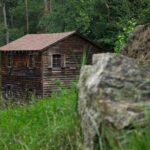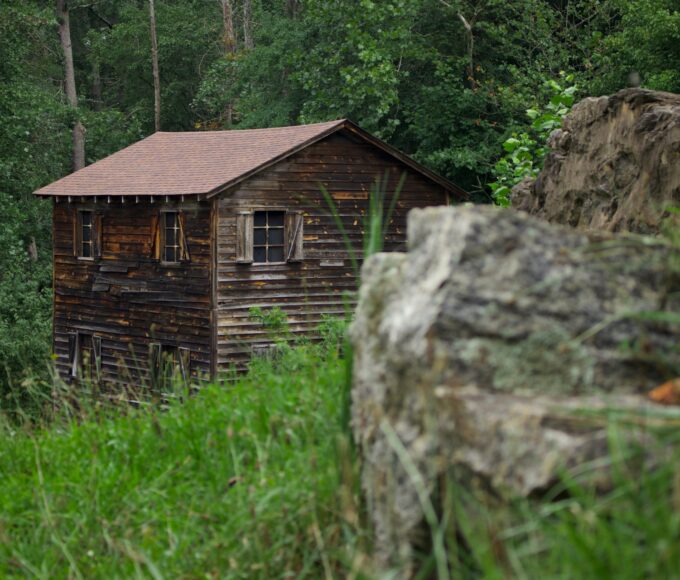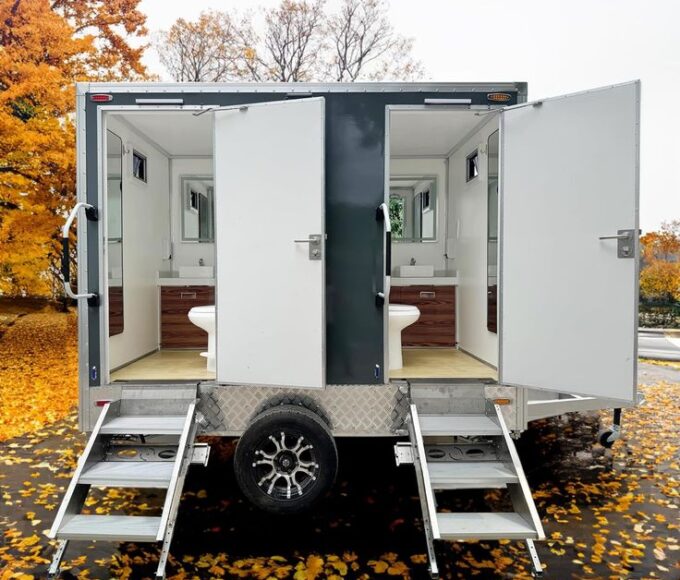Imagine going into your backyard and seeing an attractively designed outdoor area which does not just attract attention, but also has a practical use. Retaining walls are critical in the changing of normal landscapes into stunning hide outs. They are helpful, demarcating areas, and preparing a gorgeous view.
Retaining walls are either designed to be used to fight erosion or to just help beautify your backyard; either way, custom retaining walls may be the solution you hadn’t thought of. These are not merely functional buildings, but they add personality and attractiveness to any outdoors space.
Ready to discover how walls that are upheld can transform your landscape? Let us explore the world of design!
Designing Your Outdoor Space with Retaining Walls
The reatining walls building from mr paling fence to designing outdoor space allows you to create a whole new world. Not only are these structures functional but they can be used to beautify the entire yard.
Think of the plan of your landscape. The retaining wall may be constructed well and built in such a way that levels can be made in the flat space to give depth and dimension. This increases visual appeal and utility.
Consider adding plants in such designs. Plants can be used to take away hard edges and offer a more natural barrier between parts of your lawn or front yard.
The other important part to this design process is lighting. Well designed lights will be placed on the wall to emphasize its features in the dark and it will make it a beautiful highlight after the sun sets.
And do not forget about seats! The retaining wall has built benches that are used to relax or hold social events but do not require additional space in your yard.
Choosing the Right Materials for Your Retaining Wall
The choice of the materials to be used in your retaining wall is critical when it comes to functionality and appearance. The materials have their unique benefits as such one should pay attention to what fits best in your space.
The concrete blocks are famous because of their durability and multipurposeness. They are easy moldable and are available in different colors, so you can make your own design with ease.
Natural stone is a classic appearance that gives any landscape a great appearance. Its special textures and colors make it look rustic but needs more work during the process of installation.
Another solution is timber which adds warmth to outdoor locations. Though it is aesthetically pleasing, it normally requires frequent maintenance to counter staleness.
Consider the conditions of the local climatic conditions, as well; some materials resist moisture better than others. This decision you make must not be just based on style likes and preferences, but also how they will last long in your particular environment.
Installing and Maintaining Your Custom Retaining Wall
A retaining wall which has been custom built should be installed carefully. Begin by drawing the space where the wall would be. This provides you with visual direction of your project.
The second step is to excavate trenches which will give it a firm base. The depth is determined by the height of your wall but is usually at minimum 6 inches deep. The bottom layer is covered by gravel or crushed stone to promote appropriate drainage.
Alignment and level In stacking blocks or stones, attention should be given to alignment and level. Even the slight slope can assist in the water run off decreasing pressure on the building with time.
Maintenance is also significant. Periodically check in the presence of cracks or moving substances that can be evidence of erosion under the surface. Weep holes should be cleaned up to allow drainage to take place and to avoid accumulation that may affect the stability.
A retaining wall is well-maintained; hence, it improves your backyard as well as gives it a longer lifespan.
Creative Ideas for Incorporating Retaining Walls into Your Outdoor Space
Retaining walls do not just serve the purpose of a structural element, they can be beautiful features in your garden.
To make the natural landscape more flowing and curved, it is better to think about the use of a curved retaining wall. This design does not only enhance appeal in appearance, but it also assists in the draining of water.
The other concept is to include planters in your retaining wall. These are inbuilt gardens that enable you to grow flowers or even herbs without occupying more space.
Those who like outdoor entertainment would consider designing seats into their walls. Low retaining wall can also be used as additional seating to the guest in summer barbecues.
It is also possible to use decorative stones or colored bricks in any given pattern, to make the retaining wall a personality. Combining such materials as wood and stone brings an impressive effect of contrast, which attracts attention.
The walls will also feature lighting fixtures that will provide ambiance when it is dark as well as emphasize their beauty in evening parties.
Materials and Design Options for Retaining Walls
The choices concerning retaining walls materials are huge and multidimensional. The blocks made of concrete are strong and have a contemporary appearance. They are conveniently manipulated and piled thus ideal in custom-made designs.
Natural stone is also a decoration. It could be rugged rocks or smooth river rocks, but this option is a source of organic beauty to your location. It also integrates well with gardens.
In case you want something more friendly to the environment, you can use timber or recycled materials. Timber also gives a warm look and it needs maintenance after every now and then.
Steel panels have an industrial feel and are very useful to those who want a sleek finish. They particularly work well in modern landscapes where straight lines count.
Color and texture are also very crucial. An uneven surface has the ability to add depth and at the same time color can be given rich hues that will create a focal point and bring the eye to your landscape design.
How to Plan and Build a Custom Retaining Wall
A retaining wall that has been constructed and planned needs a lot of thought and careful execution. Begin by examining your outdoor area. Determine the areas of support or improvement. Take into account such aspects as height, slope, and drainage.
Draw a plan of design next. You can be able to visualize what you desire to facilitate the process. Consider how the wall is going to blend with the other structures in it such as patios or gardens.
Once you are ready to get materials, select the ones that match with your vision. Stone, brick, timber–they give their own brand of flavor to the table. Make sure that your decisions can withstand climate changes and soil erosion.
Prior to construction, verify local requirements on retaining walls. Certain jurisdictions have a special need of permits or inspections according to the height of the wall or the material type used.
When constructing, practice best practices when installing. Employ appropriate methods to achieve stability; this is critical in averting problems that may occur in the future like leaning or collapsing walls. Water management can also be done by installing the correct drainage at the back of the wall.
Once this is done, keep your wall in a good condition, by checking around it periodically, to see whether there are cracks or erosion. The roots may harm the rocks in the long term, which can be avoided by ensuring that the plant growth near the base is monitored.
With careful design and excellent workmanship, custom retaining wall may not only add functionality to any outdoor area, but also make it pretty.












